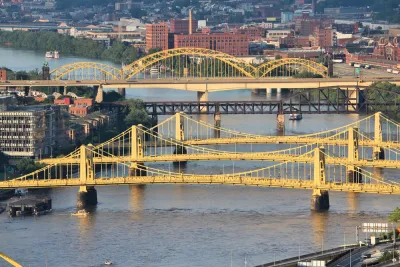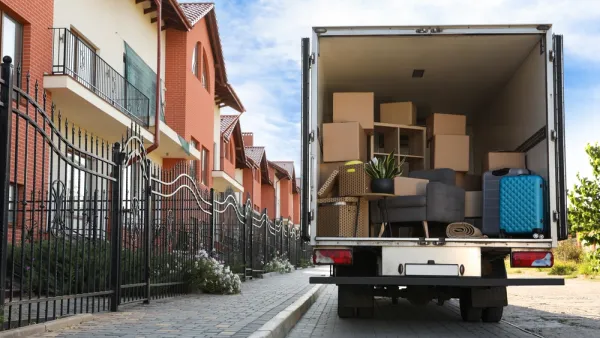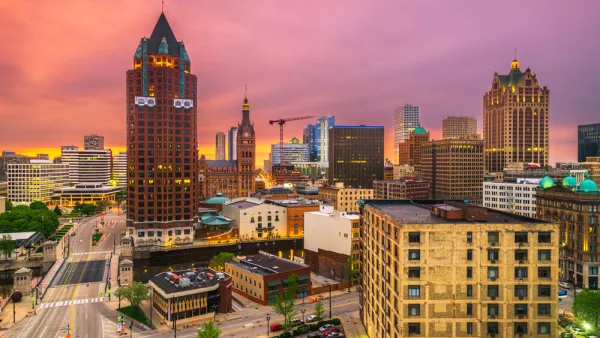Americans move less than they once did, meaning that struggling communities are home to a greater percentage of the country.

The American economy is often discussed as if it were one cohesive juggernaut, but prosperity and employment aren't evenly spread among the different regions and people. How Americans and their government will deal with the lumpiness of the economy is not at all clear.
"If jobs are plentiful in Denver (unemployment rate: 2.6 percent) and Salt Lake City (unemployment rate: 2.8 percent), then Economics 101 suggests it's time for a big migration west from the Rust Belt to the Boom Belt," Heather Long reports for the Washington Post. But Americans don't move as much as they once did. "It's expensive and risky to leave a place your family has been living in for generations, and there's no guarantee the job you move for will still exist in a few years," Long writes. Beyond practical concerns, Long argues that, culturally, it’s becoming less common for workers to go to where the jobs are.
In trying to revive the communities that are falling behind, various strategies have been attempted: some try to stabilize shrinking industries while others hope to push communities toward what they see as the jobs of the future. Long spoke with economist, Joseph Stiglitz, who thinks communities are better off trying to evolve. "Stiglitz points to Pittsburgh as the true American success story, a place that evolved from a steel city into a tech and health-care hub," Long writes.
FULL STORY: America’s forgotten towns: Can they be saved or should people just leave?

National Parks Layoffs Will Cause Communities to Lose Billions
Thousands of essential park workers were laid off this week, just before the busy spring break season.

Retro-silient?: America’s First “Eco-burb,” The Woodlands Turns 50
A master-planned community north of Houston offers lessons on green infrastructure and resilient design, but falls short of its founder’s lofty affordability and walkability goals.

Delivering for America Plan Will Downgrade Mail Service in at Least 49.5 Percent of Zip Codes
Republican and Democrat lawmakers criticize the plan for its disproportionate negative impact on rural communities.

Test News Post 1
This is a summary

Test News Headline 46
Test for the image on the front page.

Balancing Bombs and Butterflies: How the National Guard Protects a Rare Species
The National Guard at Fort Indiantown Gap uses GIS technology and land management strategies to balance military training with conservation efforts, ensuring the survival of the rare eastern regal fritillary butterfly.
Urban Design for Planners 1: Software Tools
This six-course series explores essential urban design concepts using open source software and equips planners with the tools they need to participate fully in the urban design process.
Planning for Universal Design
Learn the tools for implementing Universal Design in planning regulations.
EMC Planning Group, Inc.
Planetizen
Planetizen
Mpact (formerly Rail~Volution)
Great Falls Development Authority, Inc.
HUDs Office of Policy Development and Research
NYU Wagner Graduate School of Public Service





























